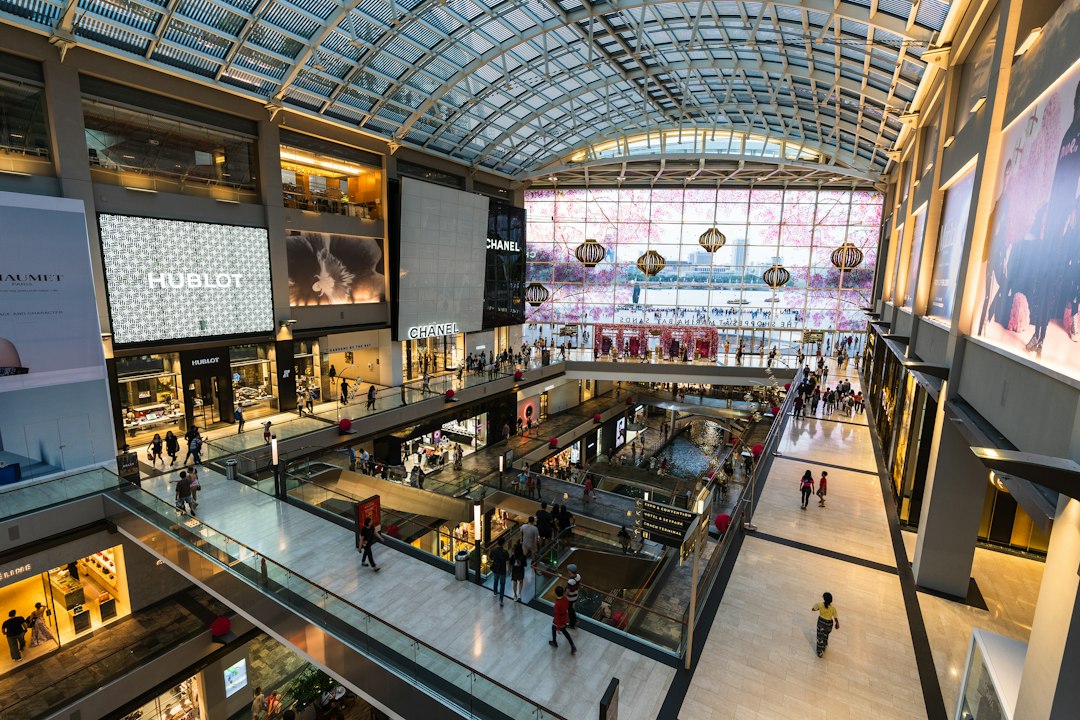Retail Trend Forecast: What’s Hot in the Industry
In today’s fast-paced and ever-evolving retail landscape, staying ahead of the curve is crucial for businesses to succeed. As we step into a new year, it’s important to understand the latest retail trends that will shape the industry and guide your business decisions. Let’s take a closer look at what’s hot in the retail industry for the coming year.
1. E-commerce boom: The COVID-19 pandemic has accelerated the shift towards e-commerce, and this trend shows no signs of slowing down. Consumers now rely more than ever on online shopping, and businesses must adapt accordingly. Enhancing your online presence, optimizing your website for mobile devices, and ensuring a seamless shopping experience is key to capturing a larger market share.
2. Personalization and customer experience: Consumers today seek tailored experiences and expect businesses to understand their individual needs. Personalization in retail involves creating unique shopping experiences based on customer preferences, demographics, and past behavior. Leveraging data analytics and technologies like artificial intelligence, businesses can provide personalized recommendations, customized promotions, and curated product offerings, enhancing customer loyalty and satisfaction.
3. Sustainability and ethical practices: Environmental and social consciousness continue to shape retail trends. Consumers are now more mindful of the environmental impact of their purchases and are actively seeking sustainable and ethically produced products. Embracing eco-friendly practices, utilizing renewable materials, and highlighting fair labor practices in your supply chain can help attract and retain conscious consumers.
4. Pop-up shops and experiential retail: While brick-and-mortar stores face challenges in an increasingly digital world, innovative retail concepts are emerging. Pop-up shops and experiential retail, where the shopping experience is elevated through interactive displays, immersive environments, and special events, are gaining popularity. These concepts create a sense of excitement and urgency, driving foot traffic and enhancing brand perception.
5. Social commerce: With the rise of social media, the line between socializing and shopping has blurred. Social commerce allows consumers to purchase products directly from social media platforms, eliminating the need to visit a separate website. Retail businesses can leverage platforms like Instagram and Facebook to showcase products, engage with customers, and drive sales. Integrating social commerce into your retail strategy can help you tap into a vast pool of potential customers.
6. Contactless payment and self-checkout: COVID-19 has accelerated the demand for contactless payment options and self-checkout systems. Retail businesses are increasingly adopting digital payment methods like mobile wallets and QR codes to accommodate their customers’ preferences for a safe and seamless shopping experience. Investing in contactless payment infrastructure and self-checkout systems can improve efficiency and reduce friction at the point of sale.
7. Subscription-based models: The subscription-based retail model has gained traction in recent years, offering customers convenience and a personalized experience. Businesses can provide subscription services for products ranging from clothing to beauty supplies, delivering curated packages to customers’ doorsteps on a recurring basis. This model fosters customer loyalty, ensures a predictable revenue stream, and allows for valuable customer data collection.
8. Virtual reality and augmented reality: Virtual reality (VR) and augmented reality (AR) technologies are revolutionizing the retail industry by providing immersive and interactive shopping experiences. VR allows consumers to virtually try on clothes or experience products before purchasing, while AR overlays digital information onto the real world to enhance the shopping experience. Integrating VR and AR into your retail strategy can engage customers, boost sales, and create a competitive edge.
9. Micro-influencers and user-generated content: Influencer marketing has been a powerful tool for retail businesses to reach their target audience. However, the trend is shifting towards micro-influencers with smaller but highly engaged follower bases. These influencers tend to have a more authentic and relatable connection with their audience, driving higher conversion rates. Additionally, user-generated content like customer reviews, social media posts, and unboxing videos can significantly influence purchasing decisions as it reflects real-life experiences.
As the retail industry evolves, staying informed about emerging trends is crucial to capitalize on new opportunities and thrive in a competitive market. Embracing e-commerce, personalization, sustainability, experiential retail, social commerce, contactless payment, subscription-based models, VR/AR, and influencer marketing can help businesses stay ahead of the curve and meet the evolving needs of consumers. By understanding these trends, you can chart a course towards success in the retail industry.

